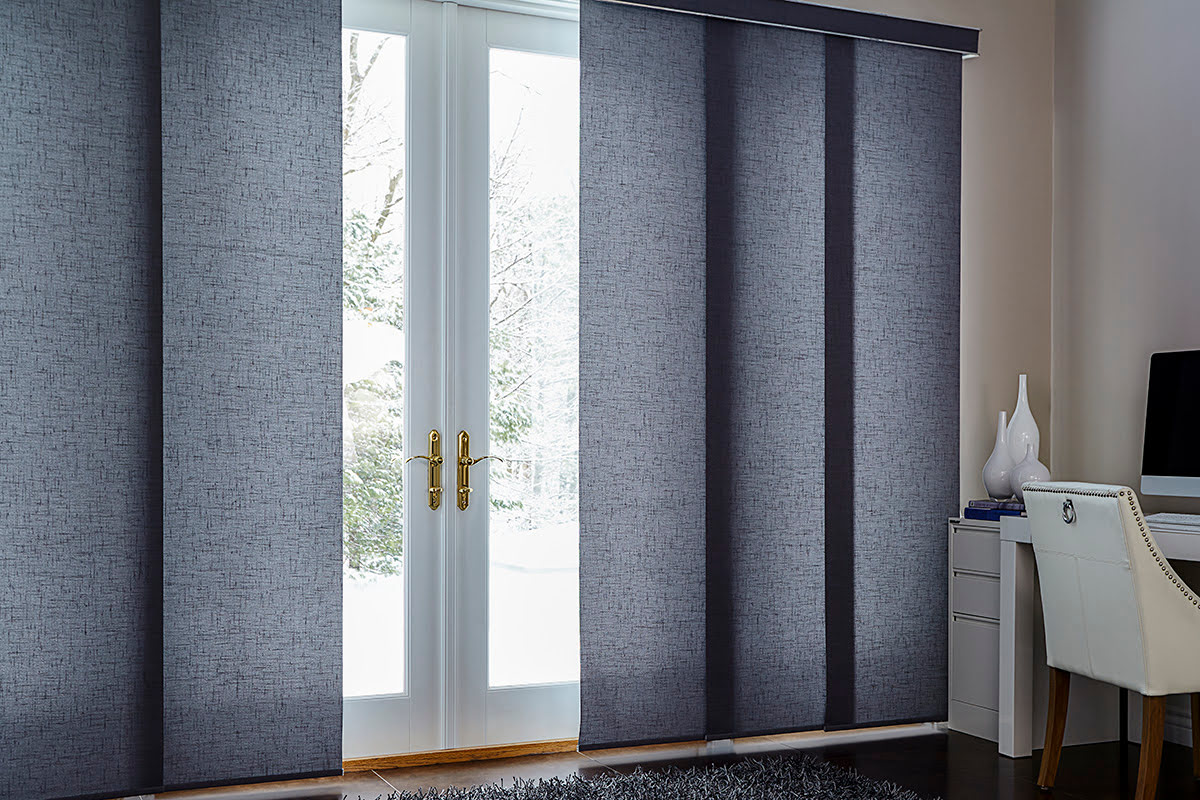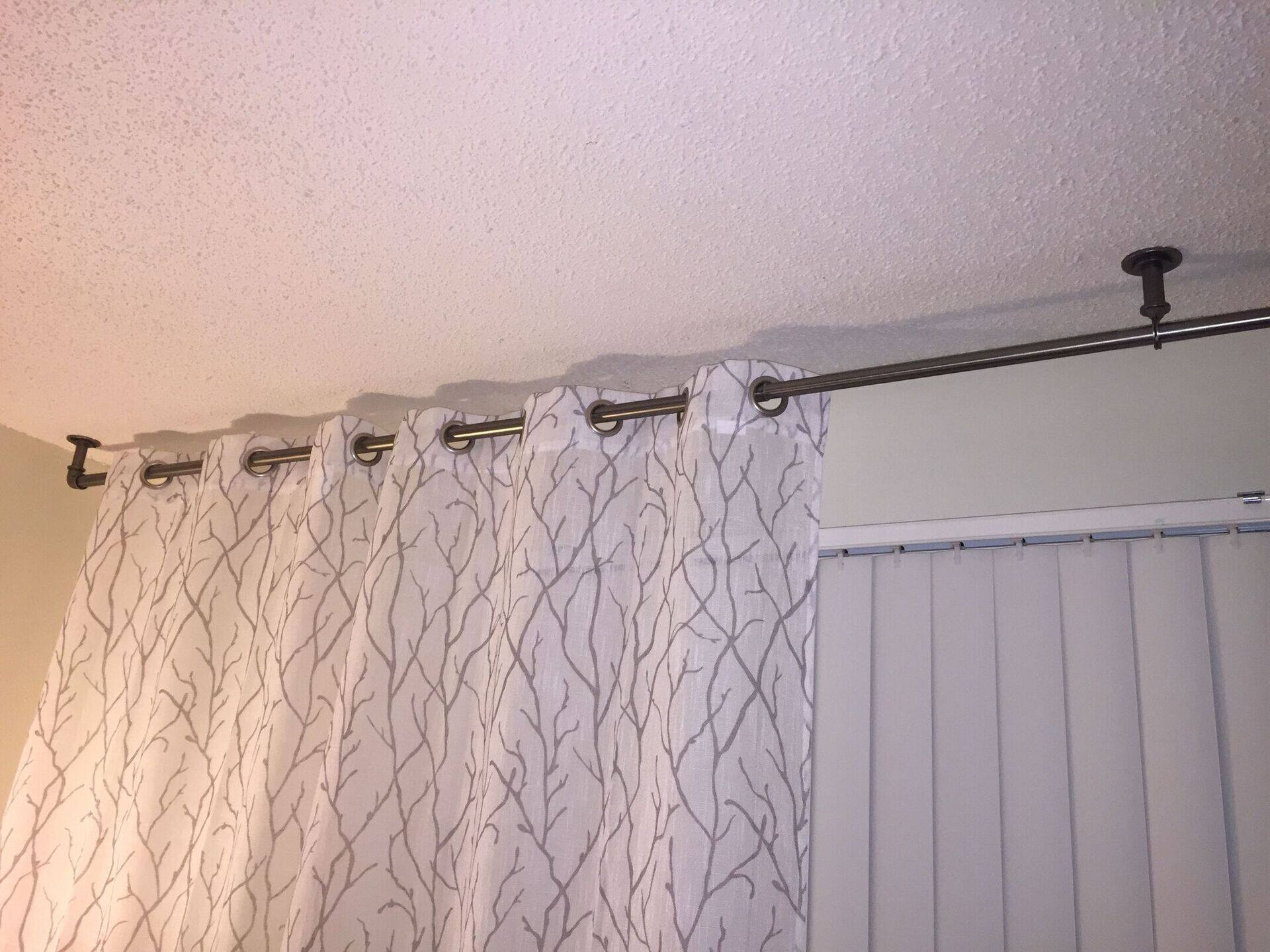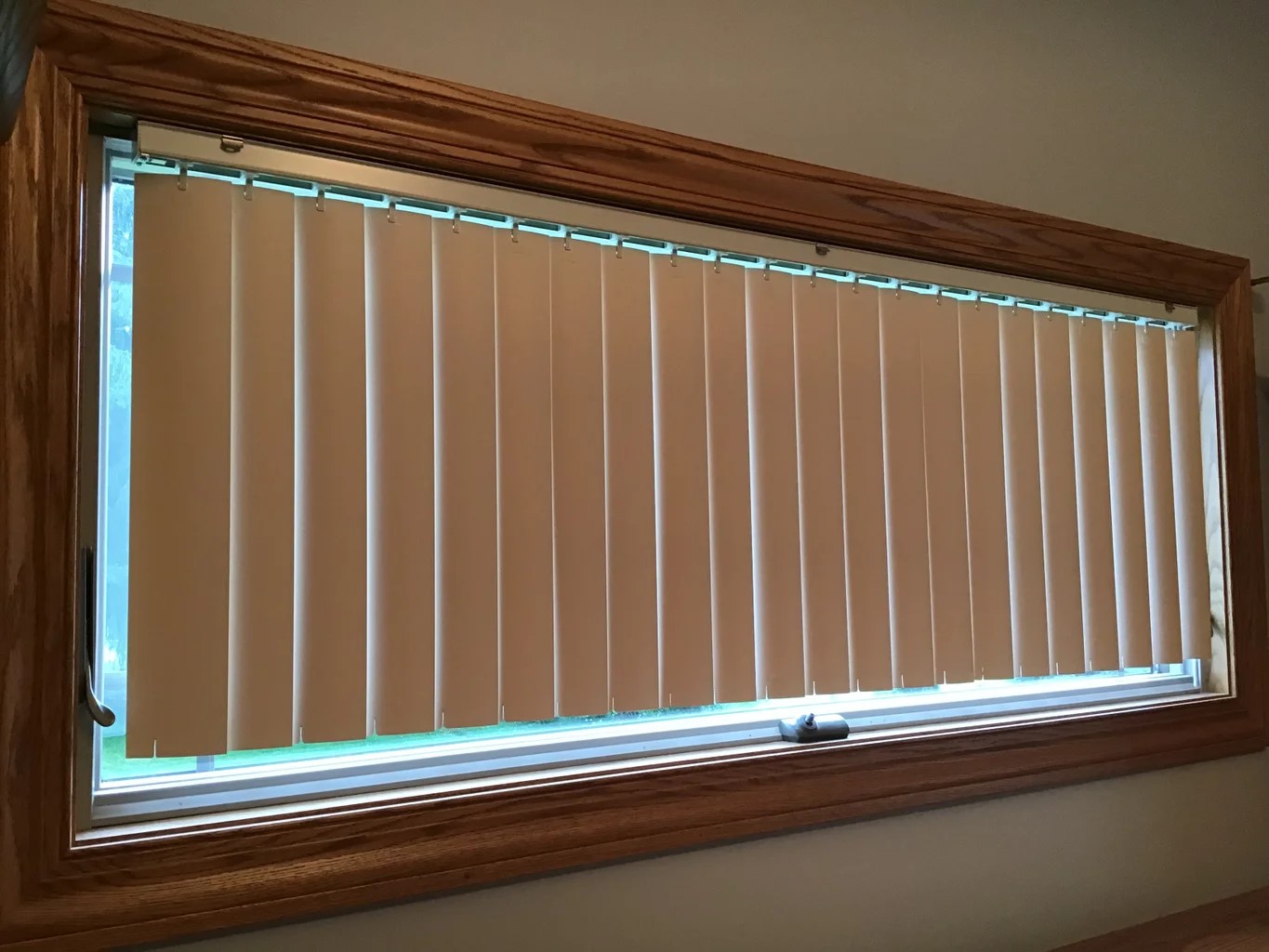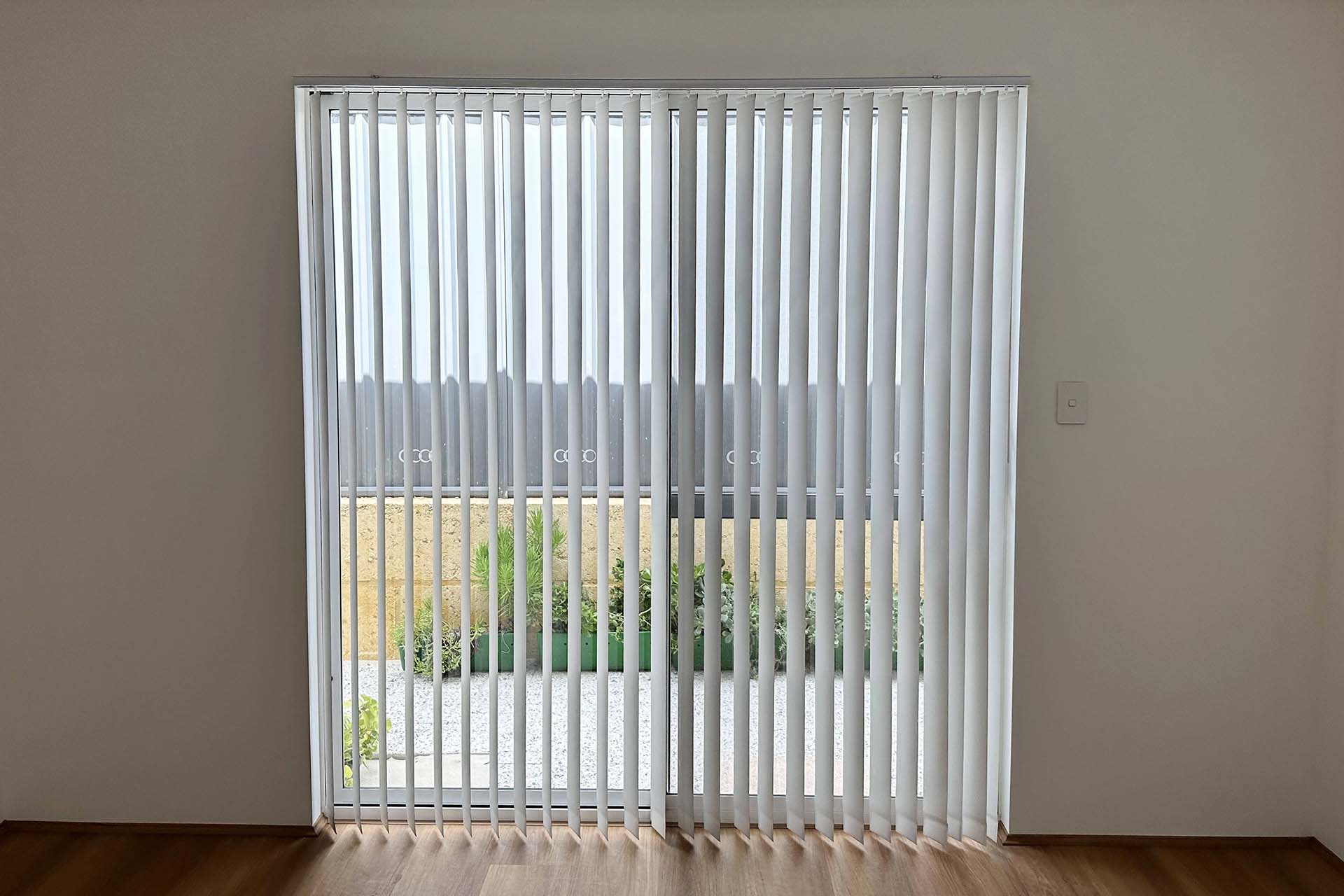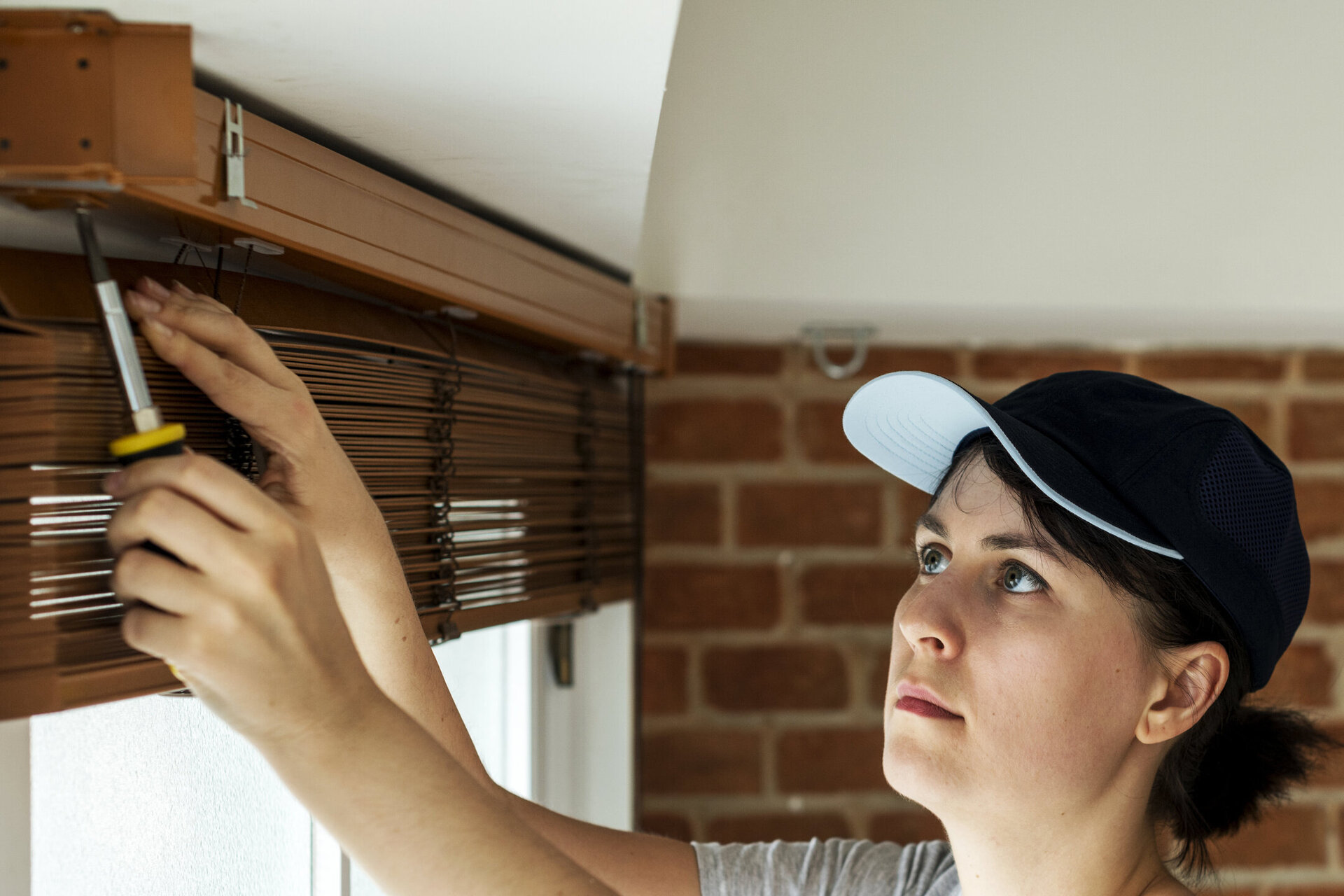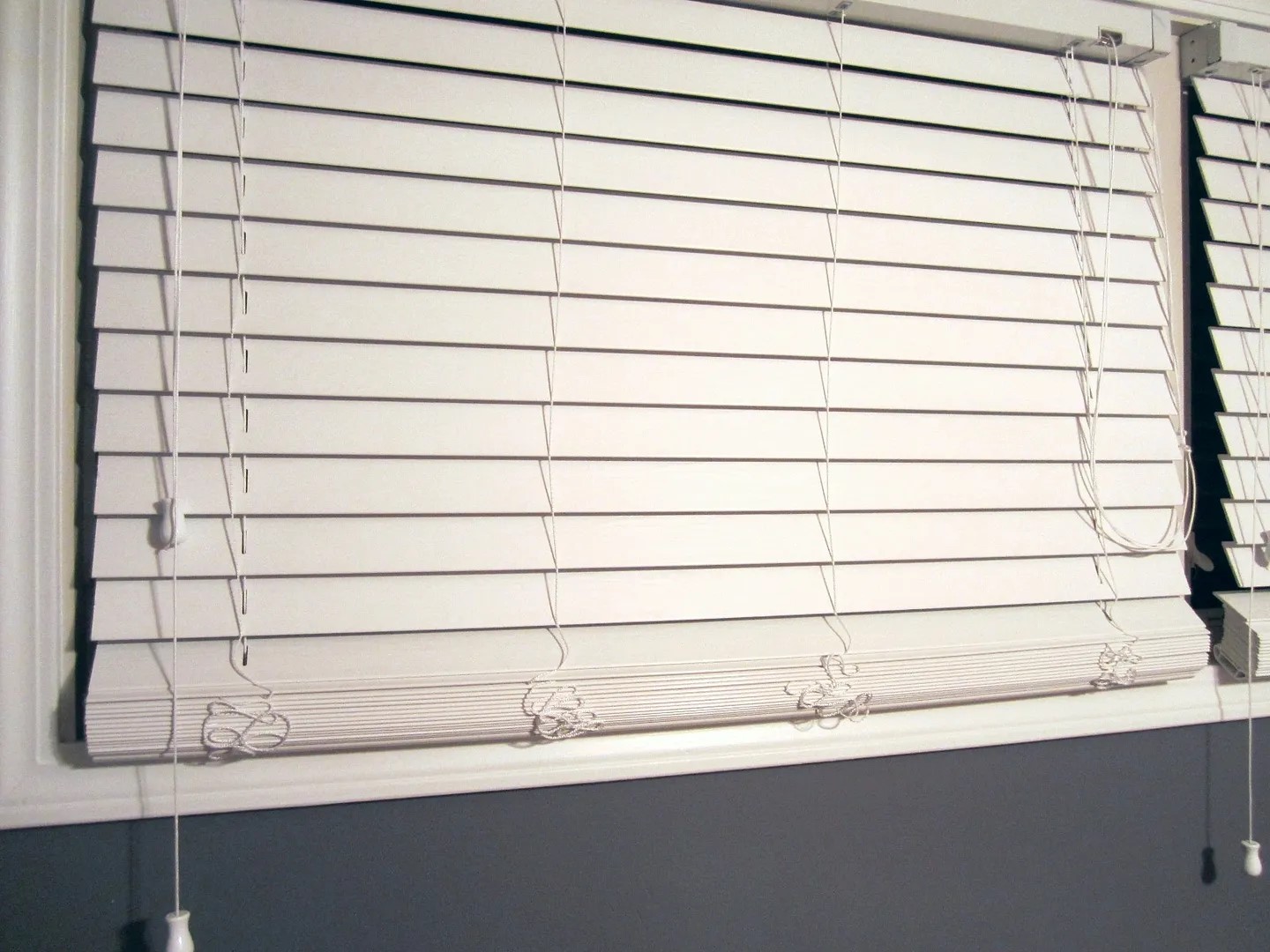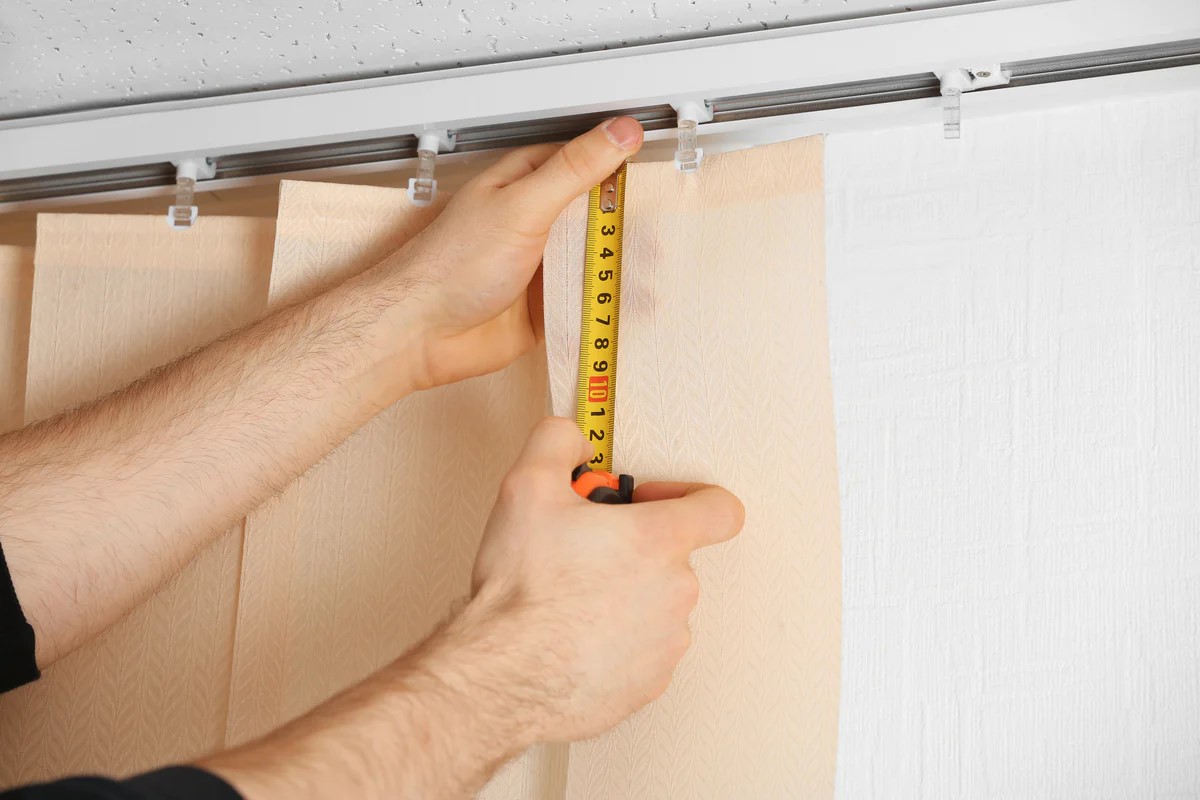

Articles
How To Measure For Vertical Blinds
Modified: January 6, 2024
Learn how to accurately measure for your vertical blinds with our step-by-step guide. Our articles provide valuable tips and tricks to ensure a perfect fit for your windows.
(Many of the links in this article redirect to a specific reviewed product. Your purchase of these products through affiliate links helps to generate commission for Storables.com, at no extra cost. Learn more)
Introduction
Welcome to our comprehensive guide on how to measure for vertical blinds. Vertical blinds are a popular choice for window coverings due to their versatility, functionality, and aesthetic appeal. Whether you’re looking to install vertical blinds in your home or office, accurate measurements are crucial for achieving a perfect fit.
In this article, we will walk you through a step-by-step process to help you measure your windows correctly. Armed with these measurements, you can confidently order your vertical blinds and ensure they will fit seamlessly into your space. Let’s get started!
Before we dive into the measurement process, it’s essential to gather the necessary tools. Here’s what you’ll need:
Key Takeaways:
- Accurate measurements are crucial for perfectly fitting vertical blinds. Consider window width, height, mount type, and additional factors to ensure seamless installation and optimal functionality.
- When ordering vertical blinds, choose a reputable supplier, provide accurate measurements, and consider customization options. Select blinds that complement your decor and enhance privacy and light control.
Read more: How To Repair Vertical Window Blinds
Step 1: Gather the necessary tools
Before you begin measuring for your vertical blinds, it’s important to have the necessary tools at hand. Here are the tools you’ll need:
- Tape measure: A reliable tape measure is essential for accurate measurements. Make sure it’s long enough to measure the width and height of your windows.
- Pencil or pen: You’ll need a writing instrument to mark your measurements on paper or directly on the window frame.
- Notepad or paper: Having a notepad or paper handy will allow you to record your measurements and keep them organized.
- Step ladder: If your windows are out of reach, a step ladder will help you safely access the window area and take precise measurements.
Once you have gathered these tools, you’re ready to move on to the next step: measuring the window width.
Step 2: Measure the window width
To ensure a proper fit for your vertical blinds, it’s crucial to accurately measure the width of your window. Follow these steps to measure the width:
- Start by extending your tape measure from left to right inside the window frame. Make sure to measure from the innermost points on each side.
- Take note of the measurement in inches or centimeters. Write it down on your notepad or directly on the window frame for easy reference.
- Repeat the measurement process at least two more times to ensure accuracy. If you find any discrepancies, take the average of the measurements to get the most precise width.
It’s important to measure the width at different points along the window frame, especially if there are any irregularities or variations. This ensures that your vertical blinds will fit snugly and function properly.
Note: When measuring the width, be sure to include any window trim or casings in your measurements. This will ensure that the blinds are wide enough to cover the entire window area.
Now that you have the width measurement, you can proceed to the next step: measuring the window height.
Step 3: Measure the window height
Measuring the window height correctly is crucial to ensure your vertical blinds fit perfectly. Follow these steps to measure the window height:
- Using your tape measure, start from the top inside edge of the window frame and extend it downwards to the bottom edge. Be sure to measure the height from the highest point to the lowest point of the window.
- Take note of the measurement in inches or centimeters and write it down on your notepad or directly on the window frame.
- Similar to measuring the width, repeat the height measurement process at least two more times to ensure accuracy. If there are any variations, take the average of the measurements.
Note: When measuring the height, it’s essential to consider how you want the vertical blinds to hang. You can choose to have the blinds hang slightly above the window frame or extend all the way to the floor. Decide on your desired hanging height and measure accordingly.
If your window has a sill or trim, be sure to include it in your height measurement. This will help ensure the blinds cover the entire window area effectively.
Now that you have the width and height measurements, it’s time to determine the window mount type in step 4.
Step 4: Determine the window mount type
Before you proceed with ordering your vertical blinds, it’s essential to determine the window mount type. The mount type refers to how the blinds will be installed and attached to your window frame. There are two main mount types for vertical blinds:
- Inside mount: This mount type involves installing the blinds within the window frame. The blinds will be mounted inside the frame, providing a sleek and seamless look. To determine if your window is suitable for an inside mount, measure the depth of your window frame. You’ll need a minimum depth to ensure proper installation and operation of the blinds.
- Outside mount: With an outside mount, the blinds are installed above or outside the window frame. This mount type is suitable if your window frame is shallow or if you prefer to cover the entire window area. Outside mounts offer more flexibility in terms of light control and privacy.
When measuring for the mount type, consider your personal preferences, the window layout, and the architectural features of your space. Both inside and outside mount options have their advantages, so choose the option that best suits your needs and complements your interior design.
Once you have determined the window mount type, you’re ready to move on to the next step: calculating the width and height for the blinds.
When measuring for vertical blinds, always use a steel tape measure for accuracy. Measure the width at the top, middle, and bottom of the window, and the height on the left, middle, and right side for precise dimensions.
Read more: How To Hang Vertical Window Blinds
Step 5: Calculate the width and height for the blinds
Now that you have measured the window width, height, and determined the mount type, it’s time to calculate the dimensions for your vertical blinds. Follow these steps:
- Inside mount: If you have opted for an inside mount, subtract a small amount, typically 1/4 inch to 1/2 inch, from both the width and height measurements. This adjustment allows for easy installation and ensures the blinds fit within the window frame without rubbing against the edges.
- Outside mount: For an outside mount, you have more flexibility in determining the width and height of the blinds. Add extra inches to both the width and height measurements to ensure proper coverage and desired aesthetic. The extent of this addition depends on your preference, but a general rule of thumb is to add 2-4 inches on each side and at the top for adequate coverage.
By making these adjustments, you can ensure that your vertical blinds will fit perfectly and provide the desired coverage and functionality.
Note: It’s crucial to follow the manufacturer’s guidelines and recommendations when calculating the dimensions for your blinds. Some manufacturers may have specific instructions or requirements for inside or outside mounts. Consulting their guidelines will help you achieve the best results.
Once you have determined the adjusted width and height, consider any additional factors that may impact the measurement process in the next step.
Step 6: Consider additional factors
When measuring for vertical blinds, it’s important to consider additional factors that may affect the fit and functionality of your blinds. Take the following into account:
- Obstructions: Check if there are any obstructions such as handles, cranks, or window locks that may interfere with the operation of the blinds. Measure and note down the distances of these obstructions from the window frame, as it may impact the width and height measurements.
- Fabric stack: Vertical blinds typically have a “fabric stack” when fully opened or drawn to one side. Consider the space needed for this fabric stack and adjust your measurements accordingly to ensure the blinds do not obstruct any nearby furniture or objects.
- Cord length: If your blinds have cords for operation, take into account the length required for the cords to hang comfortably and safely.
- Light control: Consider if you prefer the blinds to overlap in the middle (known as a “center split”) or stack on one side (known as a “one-way draw”), depending on your light control and privacy requirements. Adjust your measurements accordingly to accommodate this preference.
By considering these additional factors, you can fine-tune your measurements to ensure the blinds fit seamlessly into your space and provide optimal functionality.
With all these measurements and factors taken into account, you’re now ready to order your vertical blinds. Let’s move on to the final step.
Step 7: Order your vertical blinds
Congratulations! You have successfully measured your windows for vertical blinds, and now it’s time to order them. Here are the steps to follow:
- Choose a reputable supplier or retailer that offers a wide selection of vertical blinds. Ensure they provide customization options based on your measurements, window mount type, and any additional preferences you may have.
- Provide the supplier with your accurate width and height measurements, taking into account any adjustments for inside or outside mounts.
- If applicable, specify any additional factors such as obstructions, fabric stack, cord length, and light control preferences to ensure a custom fit and functionality.
- Consider the material, color, and texture options available for the vertical blinds. Select a style that complements your existing décor and suits your preferences.
- Review the order details and confirm that all measurements and specifications are correct before finalizing the purchase.
- Make the payment and provide the necessary shipping and contact information. Double-check the delivery address to ensure your vertical blinds will be delivered to the correct location.
Once your order is placed, you can sit back and wait for your custom-made vertical blinds to arrive. Be sure to track the delivery status and keep an eye out for any updates or communication from the supplier.
When your vertical blinds arrive, carefully unpack them and follow the installation instructions provided by the supplier. With your accurate measurements, the blinds should fit perfectly and add a beautiful touch to your windows.
Remember, if you have any questions or concerns during the measurement or ordering process, don’t hesitate to reach out to the supplier or retailer for assistance. They are there to help you make the best choices for your window coverings.
With your new vertical blinds installed, you can enjoy the benefits of enhanced privacy, light control, and a stylish addition to your space. Well done!
Conclusion
Measuring for vertical blinds may seem like a daunting task, but with the right guidance and tools, you can confidently achieve accurate measurements and order blinds that fit perfectly in your windows. By following the step-by-step process outlined in this guide, you have learned how to gather the necessary tools, measure the window width and height, determine the window mount type, calculate the dimensions for the blinds, consider additional factors, and successfully place your order.
Accurate measurements are essential to ensure the blinds fit snugly, operate smoothly, and provide optimal light control and privacy. Throughout the measurement process, it’s important to pay attention to details such as window obstructions, fabric stack, cord length, and light control preferences. These factors will ensure that your blinds not only fit properly but also meet your specific requirements and preferences.
Remember, when it comes to ordering your vertical blinds, choose a reputable supplier or retailer that offers customization options based on your measurements and preferences. Take your time to explore the different materials, colors, and textures available to find blinds that enhance your interior decor and create the desired ambiance in your space.
With your new vertical blinds installed, you can enjoy the benefits of enhanced privacy, light control, and a touch of elegance. Whether it’s in your home or office, vertical blinds offer versatility, functionality, and a sleek look to any window.
We hope this comprehensive guide has been helpful in your journey to measure for vertical blinds. Now, armed with the knowledge and tools, you are ready to embark on your window enhancement project with confidence. Take the time to measure accurately, choose the perfect blinds, and transform your windows into a stunning focal point of your interior design.
Frequently Asked Questions about How To Measure For Vertical Blinds
Was this page helpful?
At Storables.com, we guarantee accurate and reliable information. Our content, validated by Expert Board Contributors, is crafted following stringent Editorial Policies. We're committed to providing you with well-researched, expert-backed insights for all your informational needs.
